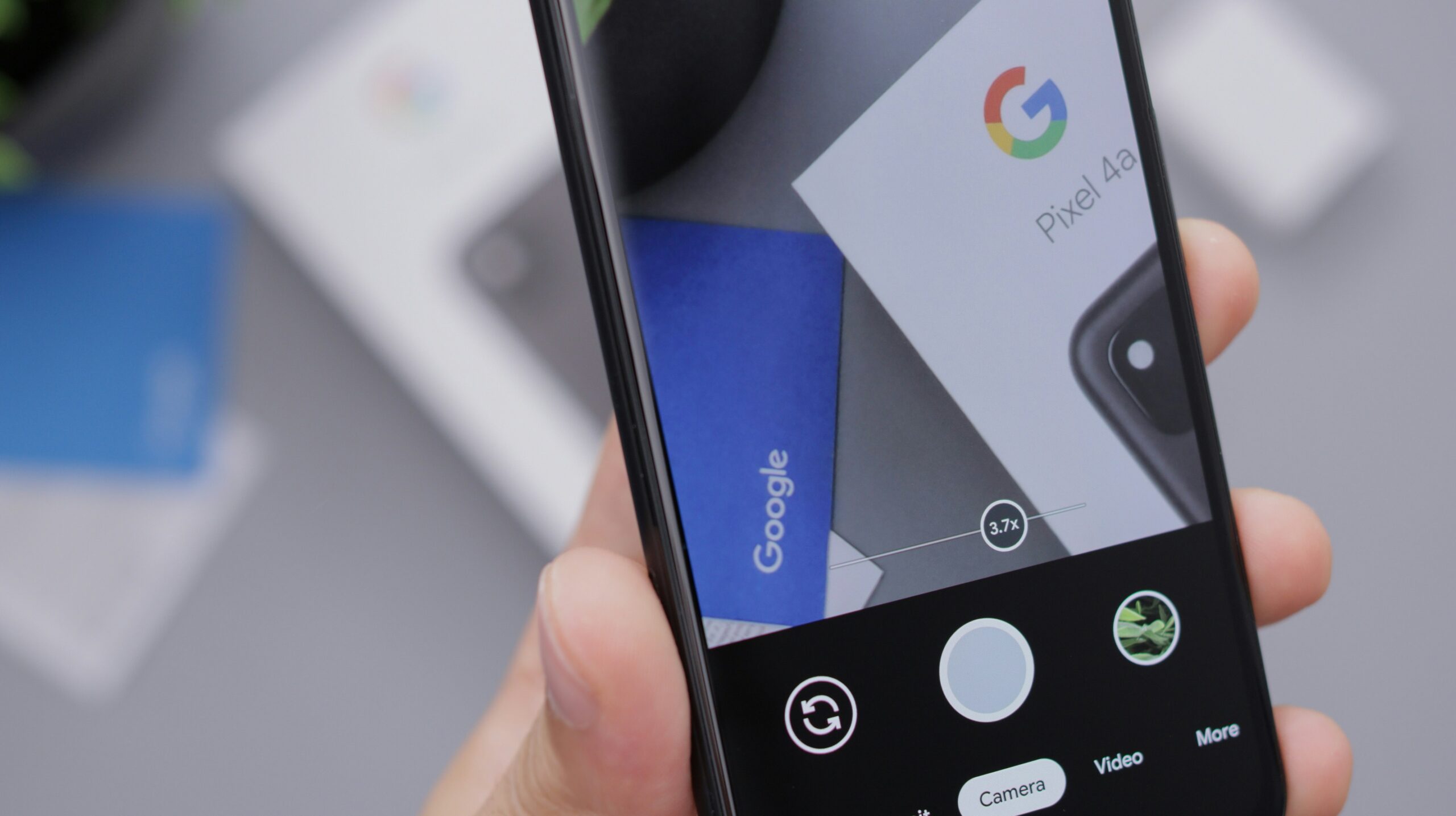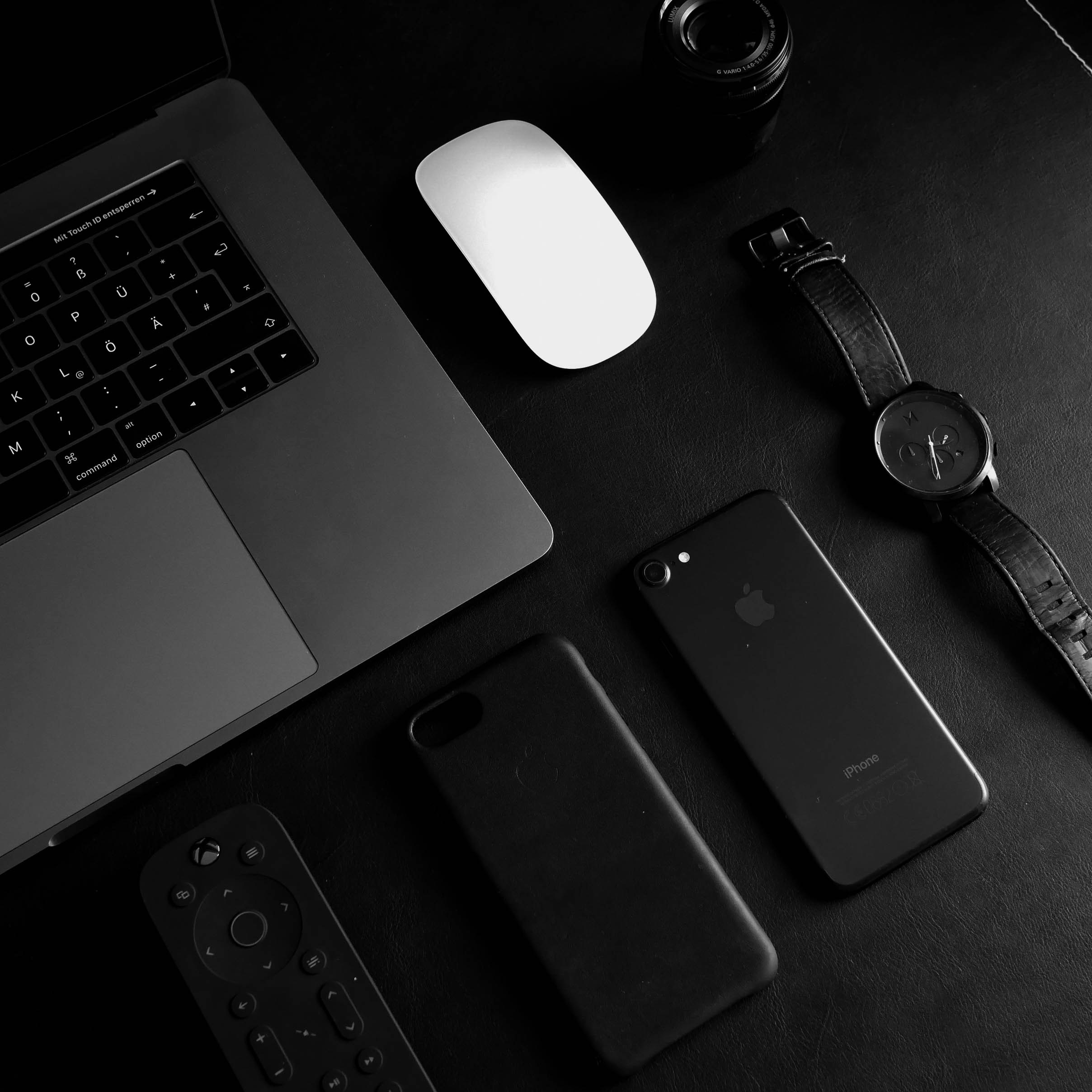Welcome to the exciting world of mobile technology, where we’ve come a long way from the days of bulky brick phones to sleek and powerful smartphones that fit right in the palm of our hands. The evolution of mobile devices has been nothing short of extraordinary, transforming not only how we communicate but also revolutionizing entire industries. So, let’s take a trip down memory lane as we explore the fascinating journey from those first groundbreaking cell phones to the cutting-edge technologies that shape our lives today. Get ready for an exhilarating ride through time and innovation!
The First Cell Phone: Motorola DynaTAC 8000X
Let’s start our journey with the device that kickstarted it all: the Motorola DynaTAC 8000X, fondly known as the first-ever cell phone. Released in 1983, this groundbreaking device was a true game-changer. It may seem hard to believe now, but this mobile marvel weighed a hefty 2 pounds and had a price tag of $3,995!
With its iconic brick-like shape and limited functionality, the DynaTAC paved the way for future innovations. This analog phone featured a numeric keypad and could store up to 30 phone numbers – quite impressive back then! However, its battery life left much to be desired, offering only around an hour of talk time.
Despite these limitations, owning a DynaTAC became somewhat of a status symbol. People marveled at the idea of making calls on-the-go without being tethered to landlines or telephone booths – it was nothing short of revolutionary!
The release of the Motorola DynaTAC set off a chain reaction in mobile technology development. Manufacturers saw potential in creating smaller and more portable devices with enhanced features – thus marking just the beginning of an extraordinary journey towards even greater advancements.
As we move forward on our technological voyage, let’s dive into the next era that brought us sleeker designs and increased functionality: flip phones and Nokia’s dominance.
The Rise of Flip Phones and Nokia’s Dominance
In the late 1990s and early 2000s, flip phones became all the rage. These sleek, compact devices were a departure from the bulky brick phones of yesteryear. And one company in particular dominated this era: Nokia.
Nokia was a powerhouse in the mobile industry during this time, known for its durability and reliability. The iconic Nokia 3310 was virtually indestructible, earning it a cult-like following among consumers. But Nokia didn’t just excel in hardware; they also had an impressive lineup of features like Snake II and customizable ringtones that made their phones stand out.
The rise of flip phones coincided with advancements in technology. These devices offered smaller form factors and improved battery life compared to their predecessors. With their clamshell design, users could easily answer calls by flipping open the phone – a far cry from having to fumble with buttons on previous models.
But it wasn’t just about functionality; flip phones were also fashion statements. They came in various colors and designs, allowing users to express their personal style through their choice of device.
While other companies tried to compete with Nokia’s dominance, none could quite match up. The Finnish giant continued to innovate with new models like the Nokia 8210 and popular collaborations such as the limited-edition Nokia 8810 Matrix phone.
This era marked a significant shift towards more portable and stylish mobile devices. Flip phones became status symbols while solidifying Nokia’s position as an industry leader – at least until smartphones took over… but that’s another story!
Entering the Smartphone Era with Blackberry and iPhone
The early 2000s marked a significant shift in the mobile industry as smartphones emerged onto the scene, forever changing how we communicate and interact with technology. Two brands that played a crucial role in this revolution were Blackberry and Apple’s iconic iPhone.
Blackberry introduced its first smartphone in 2002, catering primarily to professionals who needed constant access to emails on-the-go. With its QWERTY keyboard and groundbreaking push email feature, it quickly became synonymous with business communication.
Meanwhile, in 2007, Apple unveiled its game-changing iPhone. With its sleek design, revolutionary multi-touch interface, and access to the App Store, it captured the hearts of consumers worldwide. The introduction of apps opened up endless possibilities for customization and productivity on our portable devices.
Both Blackberry and iPhone offered features like internet browsing capabilities and multimedia functionalities that were unheard of before. However, it was Apple’s intuitive user experience combined with a robust ecosystem that truly set them apart from their competitors.
As smartphones gained popularity among both professionals and everyday users alike, they began replacing traditional cell phones at an unprecedented rate. People wanted more than just calls; they craved instant messaging services, social media integration, GPS navigation systems – all conveniently packed into one device.
This shift towards smartphones brought about a new era where connectivity was king; our lives became intertwined with these pocket-sized powerhouses. From checking emails on-the-go to streaming videos or playing games during downtime – we couldn’t imagine life without them anymore!
The emergence of Blackberry and iPhone paved the way for future advancements in mobile technology by setting high standards for performance, design aesthetics, and user-friendly interfaces.
Intriguingly enough though their reign may have waned over time due to fierce competition from other smartphone manufacturers such as Samsung or Google – their impact on shaping today’s mobile landscape cannot be understated
The Impact of Android on the Market
When it comes to the evolution of mobile technology, one name that cannot be ignored is Android. Developed by Google, Android has had a significant impact on the market since its introduction.
Android brought with it a new level of versatility and choice for consumers. Unlike other operating systems at the time, Android was open-source, allowing manufacturers to customize and personalize their devices. This led to an explosion of different brands and models running on this platform.
With its growing popularity, Android quickly gained traction in the market. It offered a wide range of features and functionality that catered to both budget-conscious consumers and tech enthusiasts alike. From affordable entry-level smartphones to high-end flagship devices, there was an Android device for everyone.
One key advantage of Android was its integration with Google’s suite of services. With built-in access to Gmail, Google Maps, YouTube, and more, users experienced seamless connectivity across their devices.
Furthermore, the availability of apps on the Google Play Store became another driving force behind Android’s success. The vast library offered countless options for productivity tools,
entertainment apps,and games,satisfying every user’s needs.
As time went on.
Android continued to evolve with each new update bringing improvements in performance,user experience,and security.
Today.
Andorid stands as one odthe most dominant operating systems in
the smartphone industry.
Its widespread adoption has undoubtedly shaped how we use our mobile phones today
The Evolution of Features: From Cameras to Touchscreens
One of the most notable advancements in mobile technology over the years has been the evolution of features. In the early days, cell phones were primarily used for making calls and sending text messages. However, as technology progressed, so did the capabilities of these devices.
First came the integration of cameras into mobile phones. It was a game-changer, allowing users to capture moments on-the-go without needing a separate camera. While these early phone cameras may not have produced high-quality images like today’s smartphones do, they paved the way for future developments.
Then came touchscreens. Gone were the days of physical buttons and keypads – now users could interact with their phones by simply tapping and swiping on a screen. This revolutionized user experience and made navigating through apps and menus much more intuitive.
With touchscreens came an array of new possibilities. Suddenly, mobile devices became multimedia powerhouses – you could watch videos, play games, browse websites all from one device that fit in your pocket! The introduction of app stores further expanded this functionality by offering endless options for entertainment and productivity.
As time went on, features continued to evolve at a rapid pace. We saw improvements in screen resolution and size, processors becoming faster and more powerful, battery life lasting longer than ever before – all contributing to enhanced user experiences.
Today’s smartphones are equipped with cutting-edge features such as facial recognition technology for unlocking your device or making secure payments; advanced camera systems capable of capturing stunning photos even in low light conditions; augmented reality (AR) capabilities that blend virtual objects with real-world surroundings; virtual reality (VR) experiences that transport you to immersive digital worlds…the list goes on!
The evolution from basic cell phones with limited functionalities to today’s feature-rich smartphones has truly transformed our lives. These devices have become an essential part of modern society – empowering us to stay connected with loved ones around the world, access information at our fingertips, and unleash our creativity in ways we never
The Current State of Mobile Technology: AR, VR, and Foldable Phones
As we reflect on the evolution of mobile technology from the brick phones of yesteryear to today’s sleek smartphones, it becomes clear that we are living in an exciting era. The current state of mobile technology is marked by groundbreaking advancements such as Augmented Reality (AR), Virtual Reality (VR), and foldable phones.
AR has transformed the way we interact with our devices. It overlays digital information onto the real world, enhancing our experiences and providing us with valuable insights. From gaming to shopping to education, AR has opened up new possibilities for both businesses and consumers alike.
Similarly, VR has taken immersive experiences to a whole new level. With VR headsets becoming more accessible and affordable, users can now step into virtual worlds like never before. This technology has revolutionized industries such as gaming, entertainment, and even healthcare by offering realistic simulations and training opportunities.
But perhaps one of the most talked-about innovations in recent years is foldable phones. These devices have flexible screens that allow them to transform from a traditional smartphone form factor into a larger tablet-like display. Foldables offer users increased screen real estate without sacrificing portability—a game-changer for multitaskers or those who consume media on their devices.
With each passing year, mobile technology continues to push boundaries further than ever before. As manufacturers strive to outdo one another in terms of features and functionality, consumers reap the benefits of these technological leaps forward.
Looking ahead into the future of mobile technology brings excitement but also curiosity about what lies beyond AR, VR, and foldable phones. Will holographic displays become mainstream? Can artificial intelligence take personalization to new heights? Only time will tell.
What is certain is that mobile technology will continue its relentless march forward—transforming how we communicate, work,
and entertain ourselves along the way.















